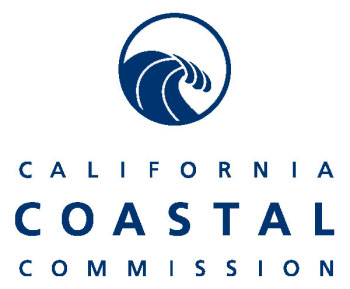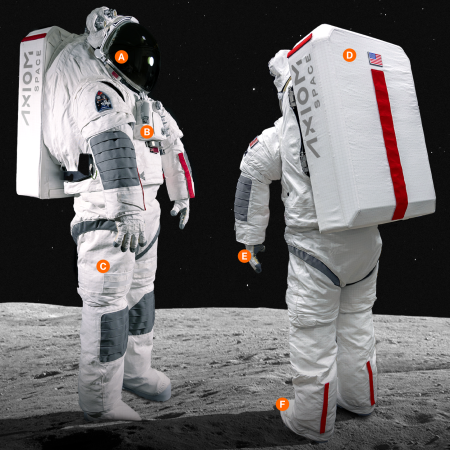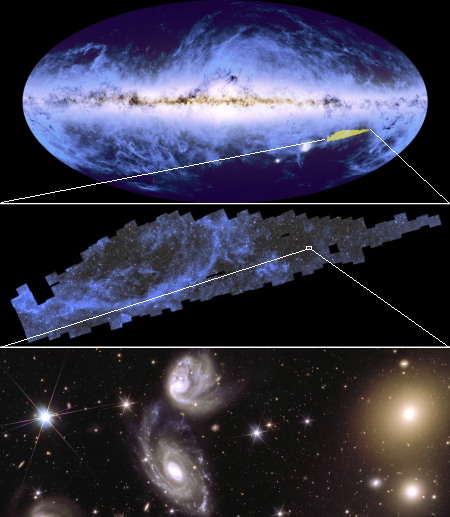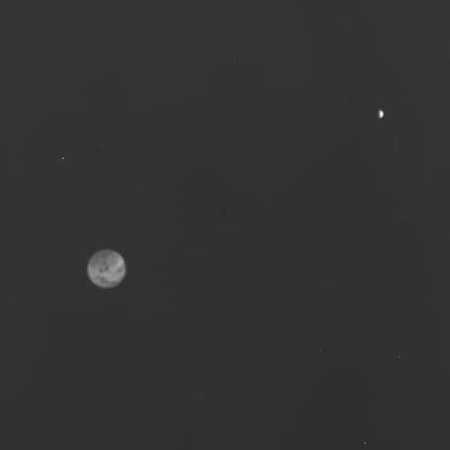Sierra Space wins NASA contract to develop trash compactor for use in space
Sierra Space yesterday announced that it has won a NASA contract to develop trash compactor for use in space and test it on ISS by 2026.
The system’s goals will not only be to reduce the volume of waste, but to recover all the water contained within it.
Current primary waste systems in space cannot reclaim water or effectively reduce the volume of trash in a manner necessary for long-term space travel. The TCPS [Sierra’s compactor] is being developed to recover nearly all the water from the trash for additional use. This capability may be vital not only for deep space exploration but also for commercial orbital facilities or extraterrestrial bases. As a stand-alone system, TCPS only requires access to power, data, and air-cooling interfaces and it provides a simple user interface to facilitate crew interactions.
The key to this development is that it isn’t being developed by NASA solely for ISS. Sierra will own the product, and design it to be used on any in-space operation, from space stations to lunar bases.
Sierra Space yesterday announced that it has won a NASA contract to develop trash compactor for use in space and test it on ISS by 2026.
The system’s goals will not only be to reduce the volume of waste, but to recover all the water contained within it.
Current primary waste systems in space cannot reclaim water or effectively reduce the volume of trash in a manner necessary for long-term space travel. The TCPS [Sierra’s compactor] is being developed to recover nearly all the water from the trash for additional use. This capability may be vital not only for deep space exploration but also for commercial orbital facilities or extraterrestrial bases. As a stand-alone system, TCPS only requires access to power, data, and air-cooling interfaces and it provides a simple user interface to facilitate crew interactions.
The key to this development is that it isn’t being developed by NASA solely for ISS. Sierra will own the product, and design it to be used on any in-space operation, from space stations to lunar bases.














